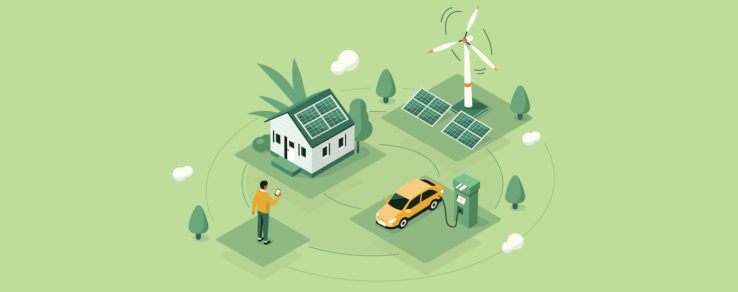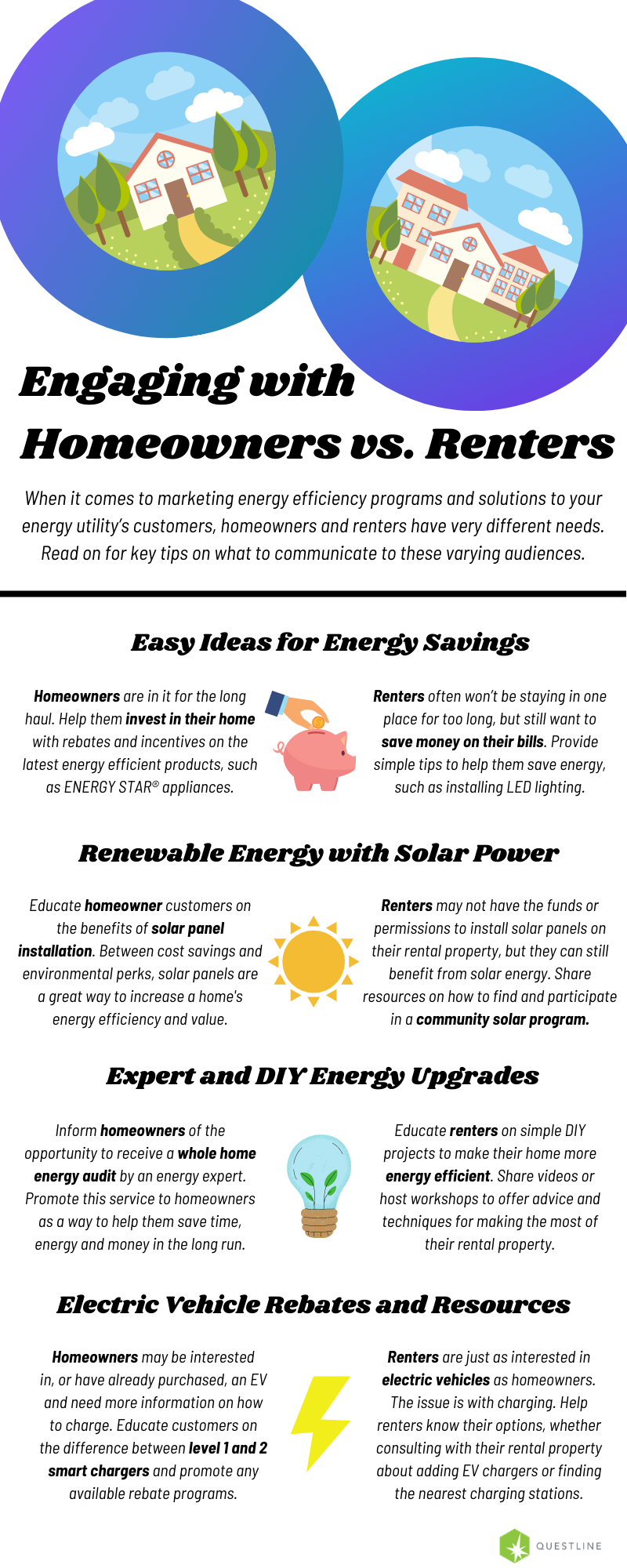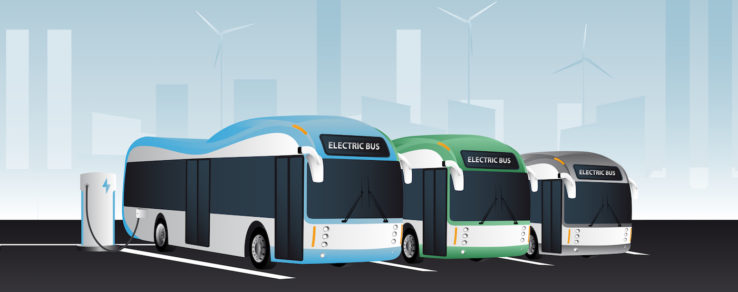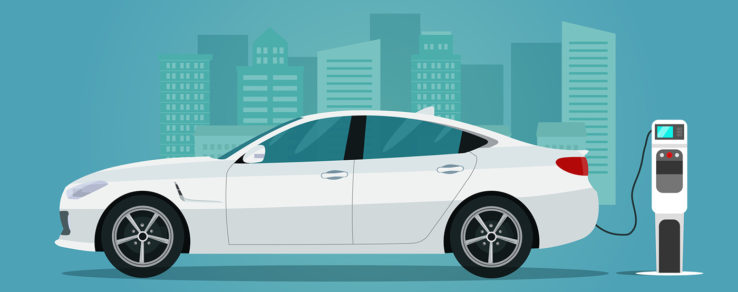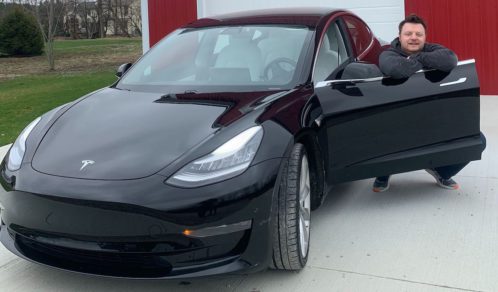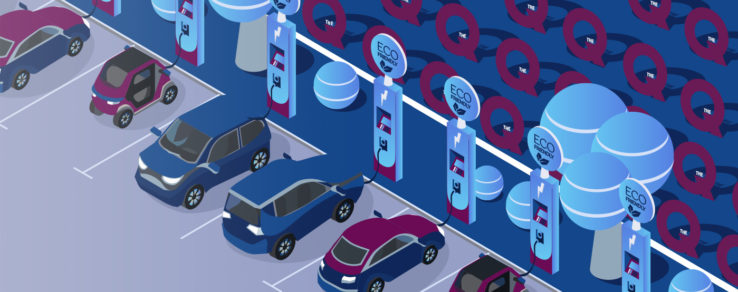Content marketing is a key strategy to connect with your energy utility’s customers. In this webinar, Kurt Hansen, Questline Digital AVP of products and partnerships, focuses on how to use content marketing to educate customers about solar power and electric vehicles. He also demonstrates how to use customer segmentation to reach specific audiences.
Content marketing shines bright for solar
More customers are showing interest in solar technology. They want to know what to do with solar energy, if it would work for them and how your energy utility is going to be part of the relationship as they begin their solar journey.
Content marketing allows your energy utility to be proactive and act as a trusted solar resource to customers. Hansen notes that developing a content marketing strategy is truly that — strategic. It is not a one-off email or simple blog post. This strategy needs to have a breadth of content to support any messages being pushed out to customers.
Your energy utility should work with industry partners to find out what your pain points are and where you specifically need help from a content journey perspective. Content marketing is about creating trust and familiarity over the long run between your energy utility and your customers. “It’s building a relationship,” Hansen says.
When sharing content, make sure it is interactive and engage, such as with quizzes, videos or slideshows. These content assets build a stronger and more memorable digital relationship with customers.
Another aspect of a content marketing strategy is a using on that your energy utility should also focus on? Creating an omnichannel campaign will help your energy utility reach customers through email, social media or blog posts.
The solar power customer journey
“For U.S. consumers, the primary motivators for going solar are saving energy and reducing environmental impact,” Hansen notes. Focus on these key points throughout the solar power customer journey to meet your customers where their interests are. Also, consider segmenting your messages to target customers based on where they are in their solar journey or where they live. By combining your segmentation strategy and content strategy, your energy utility can see higher levels of customer engagement.
While a customer may deal with solar energy contractors, installers or other outside vendors, your energy utility ultimately holds the long-term relationship with that customer. If they are unhappy, your energy utility will be getting the phone call.
Be proactive and stay in front of potential customer concerns. For example, installing rooftop solar may not be the best option for every customer that’s interested in renewable energy — you want them to learn that before it’s too late. “Your goal isn’t to get everyone to install it, it’s to get the right people to install solar,” Hansen says. The key is for your energy utility to be a resource that customers will turn to for help in the future.
Content marketing paves the way for electric vehicles
Similar to solar power, more consumers are becoming interested in electric vehicles and are looking to their energy utilities for help and advice. Typically, this conversation is led by the auto industry. However, this is a major opportunity to be an EV resource for your customers.
Your energy utility needs insights on what customers are interested in EVs as well as their motivation for going electric. By sharing a fun EV quiz with your customers, you can develop a segmentation strategy based on their answers. This will help your utility understand how to target specific audiences with different EV messages. Your customers will also better understand the role of their energy utility in the decision-making process.
Based on research conducted by the Smart Energy Consumer Collaborative, Questline Digital developed content to reach four customer segments interested in electric vehicles:
- Green Champions
- Savings Seekers
- Technology Cautious
- Movers & Shakers
Understanding these segments will help your energy utility align your content strategy to their interests and questions over the course of their buying journey. Keep in mind, this is not something that is achieved with a single video or email.
By creating a comprehensive content marketing strategy that supports your solar and electric vehicles program goals, your energy utility will naturally become a trusted resource for customers. Instead of pushing a hard sales message, sharing educational content that answers their questions will build a strong relationship and increase customer satisfaction.
